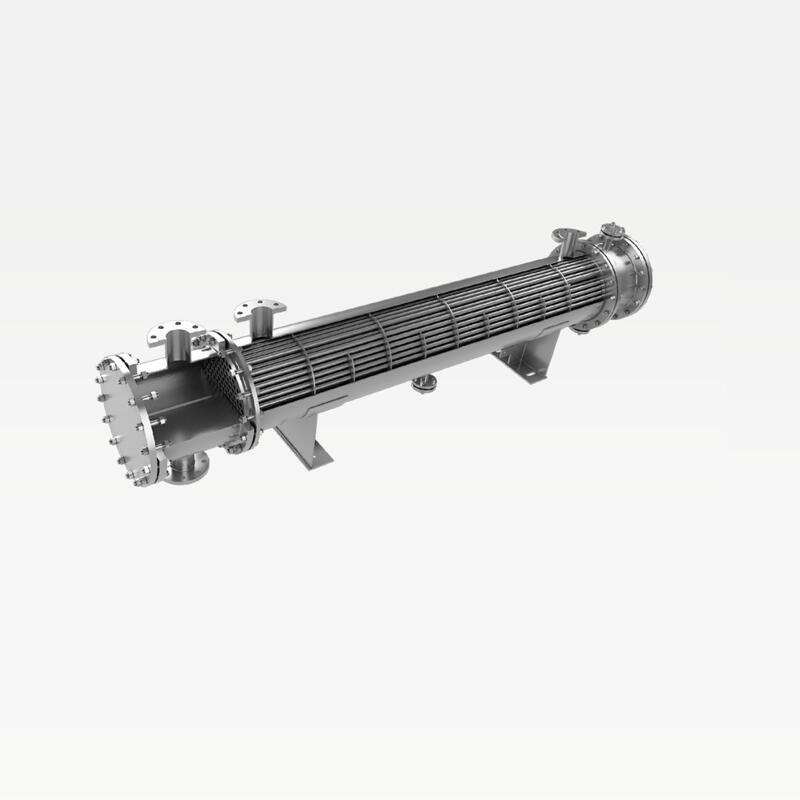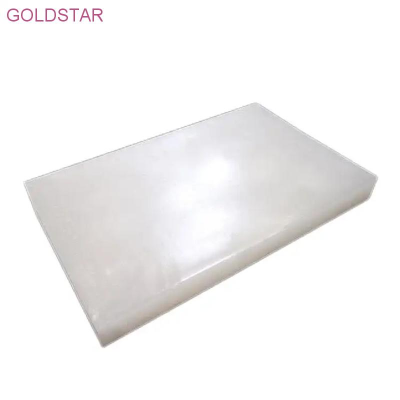-
Categories
-
Pharmaceutical Intermediates
-
Active Pharmaceutical Ingredients
-
Food Additives
- Industrial Coatings
- Agrochemicals
- Dyes and Pigments
- Surfactant
- Flavors and Fragrances
- Chemical Reagents
- Catalyst and Auxiliary
- Natural Products
- Inorganic Chemistry
-
Organic Chemistry
-
Biochemical Engineering
- Analytical Chemistry
-
Cosmetic Ingredient
- Water Treatment Chemical
-
Pharmaceutical Intermediates
Promotion
ECHEMI Mall
Wholesale
Weekly Price
Exhibition
News
-
Trade Service
A month after the West set a price cap on Russian crude, Russia's flagship crude sold for less than half the international price price, well below the cap
set by the Group of Seven (G7).
In order to limit Russia's income from oil, the G7, the European Union and Australia have decided to cap the price of Russian seaborne oil at $60 per barrel from December 5
, 2022.
Also in force is the EU's ban on Russian oil, which officially banned the import of Russian crude
oil on December 5 last year.
The Russian oil price cap mechanism means that only when the oil price is below $60 per barrel can tankers get a range of services
such as shipping insurance provided by the West.
Russian Urals crude oil was priced at $37.
80 a barrel at the Baltic port of Primorsk on Friday, while Brent, the global benchmark crude oil, closed at $78.
57 a barrel on the day, according to Argus Media
, an independent energy quotation and market analyst.
Argus provides data to the National Energy Agency (IEA), and Argus data has also been used in the past to help Russia calculate oil exports
.
Urals crude oil is the flagship product of Russian crude oil exports, and the export scale far exceeds that of any other crude oil
sold by Russia.
One of the key reasons why the price of Urals crude oil is so low is that Russia has to be at the mercy of Asian customers
such as India after losing Europe, the largest export market.
Since the outbreak of the Russian-Ukrainian conflict, Russia has been exporting crude oil
to Asian customers at discounted prices.
Because tankers have to travel thousands of more miles to deliver goods from western Russian ports to Asian buyers, which means freight costs have soared, Russia has had to cut crude prices
in order to compete with crude from the Middle East.
Argus data showed that Russian ESPO crude prices continued to be slightly above the $60/b cap
.
ESPO is a crude oil blend named after 601099 the abbreviation of the Eastern Siberian Pacific Ocean pipeline
.
Delivering ESPO to Asian buyers is much shorter than Urals, so it is less dependent on Western shipping insurance and other services, which may make it easier to find tankers
that can accept prices above the $60/b cap.







